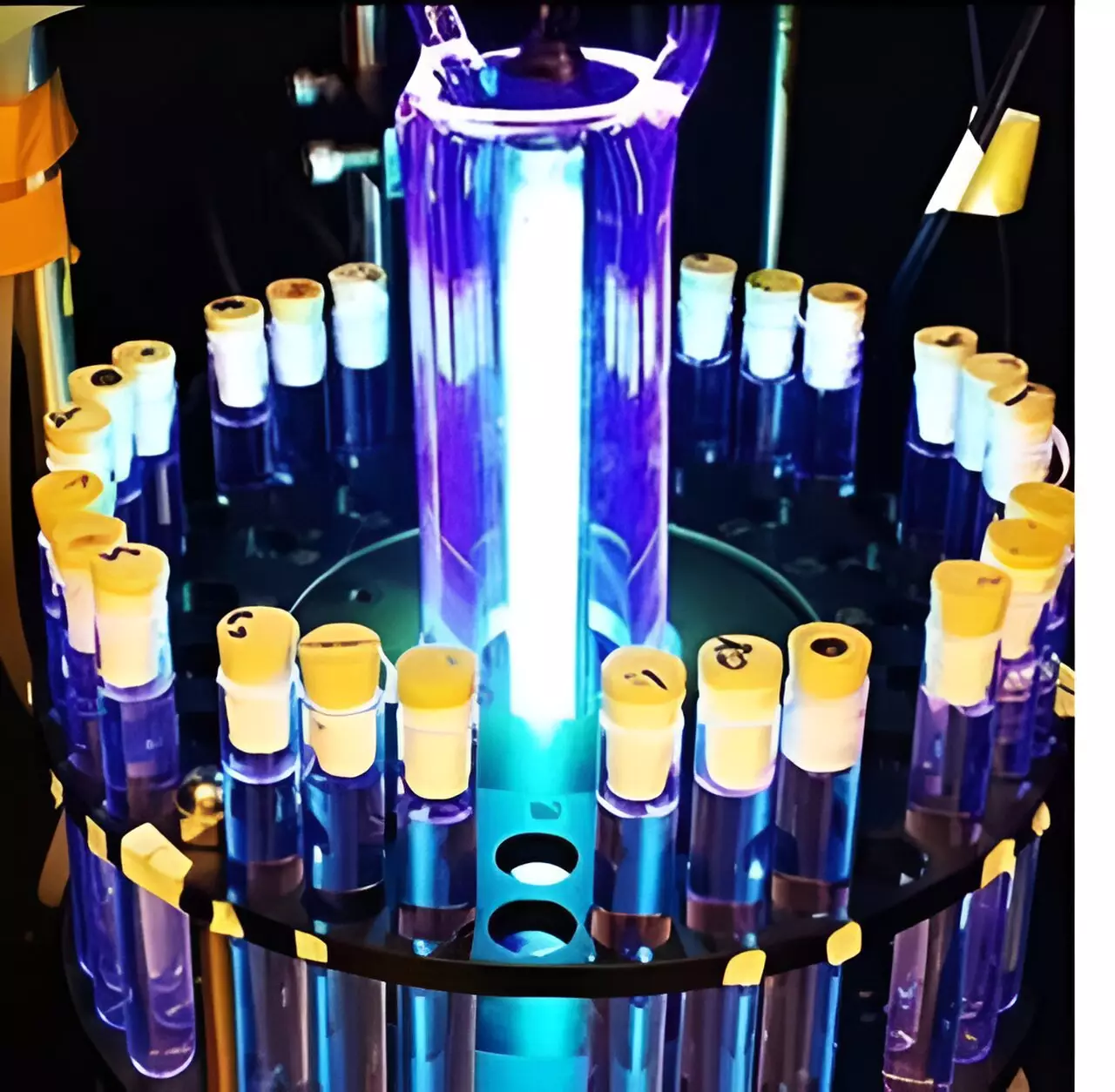In a groundbreaking discovery by scientists at UC Riverside, a new process has been identified that could revolutionize the cleanup of “forever chemicals” in drinking water. These forever chemicals, known as PFAS, have been a growing concern due to their links to various health issues and the contamination of groundwater. With new federal standards in place to limit PFAS concentrations in drinking water, this discovery comes at a crucial time for water providers across the nation.
Led by Haizhou Liu, a professor of chemical and environmental engineering at UC Riverside, the research team found that high levels of salt present in wastewater from water treatment plants can act as a catalyst in breaking down PFAS compounds. Traditionally, salt in wastewater has been seen as an impediment to cleaning up chemical pollutants. However, this new process allows the salt to facilitate the breakup of the stubborn fluorine-to-carbon bonds in PFAS compounds, making the cleanup more effective.
The chemical process discovered by Liu’s team involves irradiating water with short-wavelength ultraviolet light. This process does not require additional chemicals and does not leave behind toxic residuals. The short-wavelength UV light is able to destroy both long-chain and short-chain PFAS compounds, making it a highly efficient method for PFAS destruction. The results show that the salinity in wastewater acts as a catalyst when combined with UV light, making the process even more effective and faster.
This breakthrough discovery has the potential to benefit both municipal and privately owned water providers. Specifically, those using or planning to use ion exchange technology to separate PFAS compounds from drinking water supplies will find this process particularly useful. The method can help in permanently destroying PFAS from ion exchange treatment plants and cleansing brine wastewater containing toxic PFAS pollutants.
The utility of this process extends beyond water treatment plants. Brine wastewater containing toxic PFAS is also produced by other technologies such as membrane reverse osmosis filtration and landfill leachate wastewater. Additionally, salty industrial wastewater from chemical manufacturing processes and brackish groundwater impacted by PFAS pollution can also benefit from this innovative method.
The discovery of this new chemical process for PFAS cleanup represents a significant advancement in addressing the challenges posed by forever chemicals in drinking water. With the potential to significantly improve the efficiency and speed of PFAS destruction, this breakthrough has the power to make a lasting impact on water providers across the nation. As further research and development continue, it is exciting to think about the possibilities this discovery holds for the future of water treatment and environmental protection.


Leave a Reply